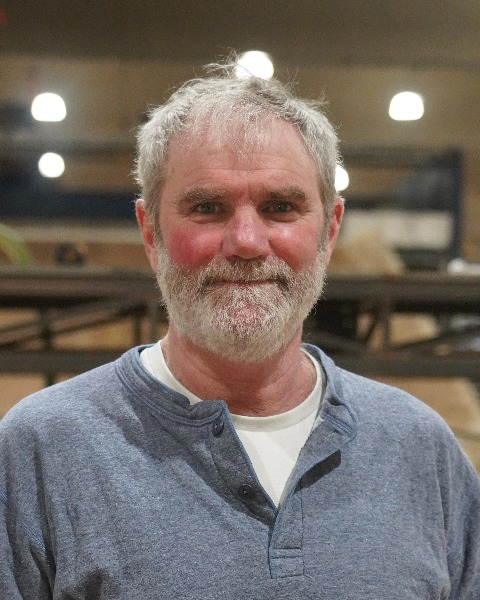Concurrent Session
Session: Erosion and Scour: Modeling and Protecting Spillways
CS15C - Concurrent Session 15C: ACB Design of Temporary Spillways for Interim Dams - Anderson Dam Seismic Retrofit Project
Tuesday, September 24, 2024
9:30 AM - 10:00 AM MT
Location: Colorado Convention Center, Meeting Room 501-502

Chris Thornton, P.E.
Directory, Hydraulics Laboratory
Colorado State University
Fort collins, Colorado
Presenter(s)
The Anderson Dam Seismic Retrofit Project (ADSRP), located about ten miles south of San Jose, California, is being undertaken by the Santa Clara Valley Water District (Valley Water) to address several important deficiencies in the existing Leroy Anderson Dam and appurtenant facilities. These include predicted seismic deformations of the embankment that could lead to overtopping and failure, inadequate spillway capacity to pass the probable maximum flood, and a risk of fault rupture that could sever the existing outlet conduit beneath the dam. To bring the reservoir and its appurtenant facilities to modern standards, the retrofit project will include removal and reconstruction of most of the dam embankment, replacement and extension of the existing spillway chute, and construction of a new permanent outlet works capable of remaining in service following the design fault offset.
The existing dam is planned to be excavated and replaced over a five-year period as a series of four interim dam sections with the final dam section being completed in the fifth year. Reservoir inflows during construction are to be diverted around the interim dam section each precipitation season using a diversion system coupled with short-term reservoirs upstream of the interim dams that would develop during large storm events. Inflows due to more extreme events that cause the reservoir level to reach the interim dam crest will be conveyed down to Coyote Creek 150 to 160 feet below the interim dam crests using temporary articulated concrete block (ACB) spillways.
Because of the unique issues around the use of the ACB spillways for ADSRP, a flume study was conducted at Colorado State University to evaluate flow capacity, hydraulic jump characteristics, and grout seam design that could withstand erosive forces but facilitate removal to maximize salvage and reusability of ACB mats each precipitation season.
This paper will provide a summary of the flume study used to determine the maximum allowable capacity of the ACB spillways. Additionally, stability of the ACB system subjected to a hydraulic jump will be presented. Performance testing of a custom grout mix designed to meet project requirements will be reported and lessons learned in context of ACB spillway design shared.
The existing dam is planned to be excavated and replaced over a five-year period as a series of four interim dam sections with the final dam section being completed in the fifth year. Reservoir inflows during construction are to be diverted around the interim dam section each precipitation season using a diversion system coupled with short-term reservoirs upstream of the interim dams that would develop during large storm events. Inflows due to more extreme events that cause the reservoir level to reach the interim dam crest will be conveyed down to Coyote Creek 150 to 160 feet below the interim dam crests using temporary articulated concrete block (ACB) spillways.
Because of the unique issues around the use of the ACB spillways for ADSRP, a flume study was conducted at Colorado State University to evaluate flow capacity, hydraulic jump characteristics, and grout seam design that could withstand erosive forces but facilitate removal to maximize salvage and reusability of ACB mats each precipitation season.
This paper will provide a summary of the flume study used to determine the maximum allowable capacity of the ACB spillways. Additionally, stability of the ACB system subjected to a hydraulic jump will be presented. Performance testing of a custom grout mix designed to meet project requirements will be reported and lessons learned in context of ACB spillway design shared.
